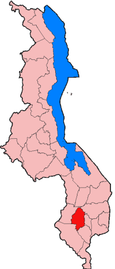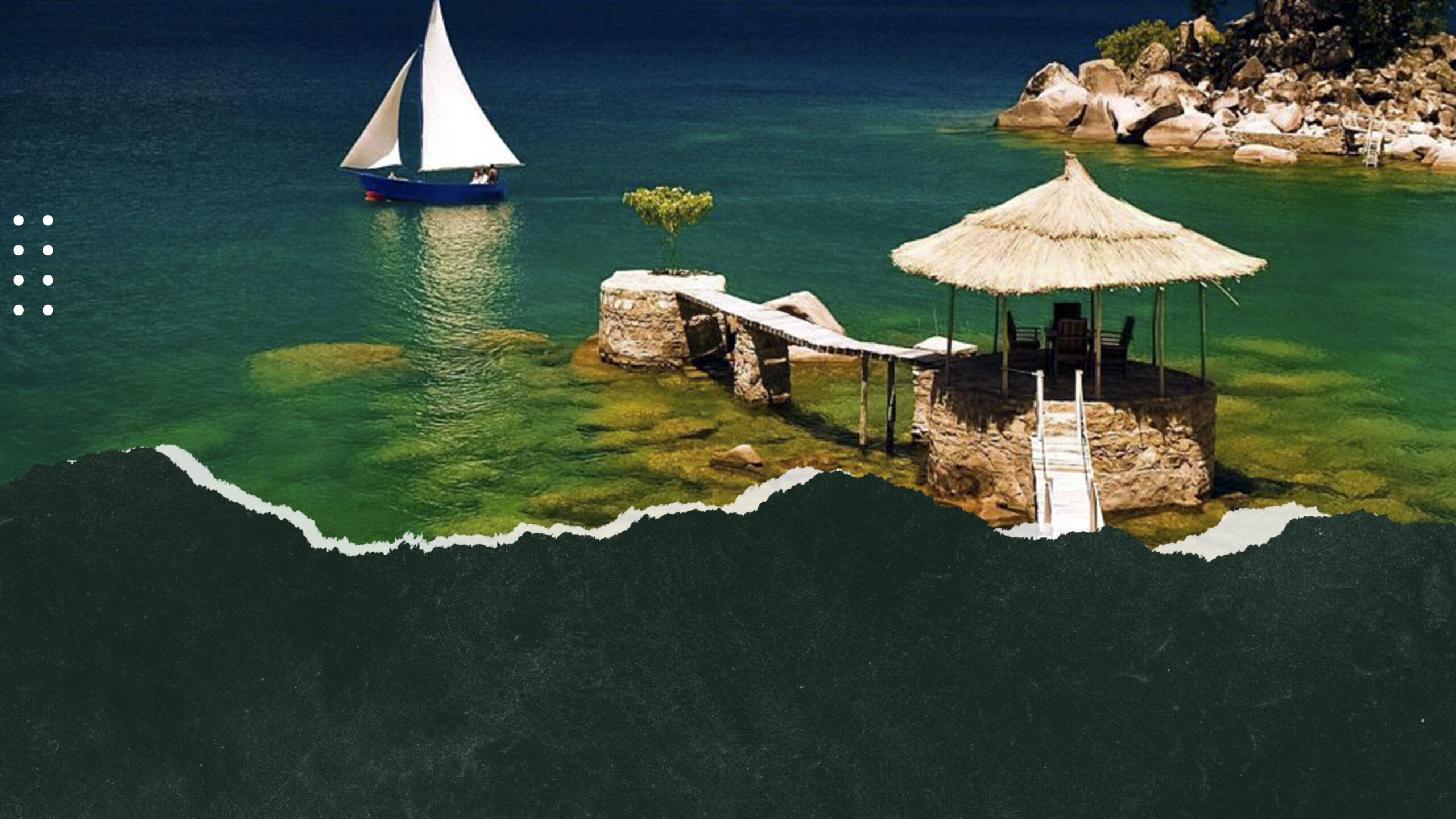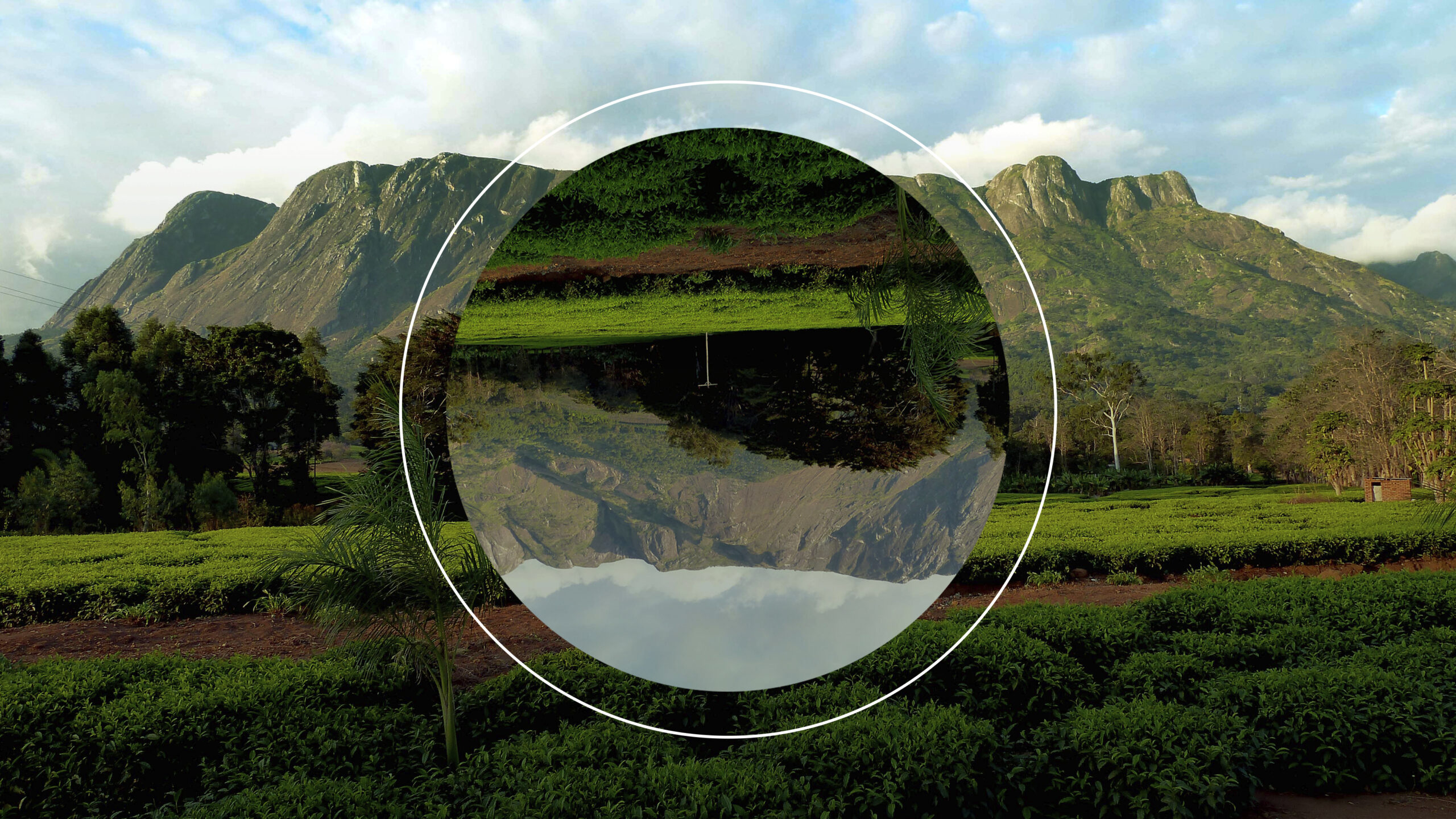DISTRICTS - SOUTH - BLANTYRE
- DISTRICTS
- NORTH – CHITIPA
- NORTH – KARONGA
- NORTH – LIKOMA
- NORTH – MZIMBA
- NORTH – MZUZU
- NORTH – NKHATA BAY
- NORTH – RUMPHI
- CENTRAL – DEDZA
- CENTRAL – DOWA
- CENTRAL – KASUNGU
- CENTRAL- LILONGWE
- CENTRAL-MCHINJI
- CENTRAL – NKHOTAKOTA
- CENTRAL – NTCHEU
- CENTRAL – NTCHISI
- CENTRAL – NTCHISI
- CENTRAL – SALIMA
- SOUTH – BALAKA
- SOUTH – BLANTYRE
- SOUTH – CHIKWAWA
- SOUTH – CHIRADZULA
- SOUTH – MACHINGA
- SOUTH – MANGOCHI
- SOUTH – MULANJE
- SOUTH – MWANZA
- SOUTH – NSANJE
- SOUTH – THYOLO
- SOUTH – PHOLOMBE
- SOUTH – ZOMBA
- SOUTH – NENO

Malawi’s oldest city and main commercial centre, Blantyre comes across as positively bustling by comparison with anywhere else in this most laidback of countries. Emanating from a compact central business district (CBD) bristling with people, traffic and commerce, it also seems a lot more cohesive – more obviously a proper city – than the capital Lilongwe. Blantyre has a pleasant midlands climate, set at an altitude of around 1,000m in a well-watered valley ringed by low hills, the largest of which are Michiru (1,473m), Soche (1,533m) and Ndirande (1,612m),
and the CBD is surrounded by mature green suburbs dotted with hotels and restaurants.
Blantyre has evolved greatly in recent years, in particular the city centre, where an outbreak of multi-storey office blocks houses numerous banks and other financial institutions (including the Stock Exchange of Malawi, which opened in 1998). Recent years have also seen general diffusion of upmarket shopping, eating and nightlife facilities from the city centre to the suburbs, a trend epitomised by the glistening new Chichiri Mall, the country’s largest shopping, eating and nightlife facilities from the city centre to the suburbs, and home to its only cinema complex. Despite this, when it comes to accommodation and eating out, Blantyre offers significantly better value for money than the capital, presumably because it attracts a more inherently stringent business-orientated clientele than the free-spending governmental/aid/NGO industries that prop up the hospitality industry in Lilongwe.
An important regional transport hub, Blantyre forms the northwest terminus of the so-called Tete Corridor connecting Zimbabwe to Malawi via western Mozambique. Formerly the most popular transit route for travellers crossing between South Africa and east Africa, the Tete Corridor has diminished in importance over the past decade as a result of the ongoing crisis in Zimbabwe, which means that relatively few travellers pass through Blantyre these days. For those who do, however, Blantyre – though not really a tourist attraction in itself is a manageable city, with enough going on to keep you busy for a day or two, and it also forms a good springboard for exploring more remote areas such as Mulanje and the Lower Shire Valley.
History
Blantyre is not only the oldest European settlement in Malawi, but also one of the oldest anywhere in the region, pre-dating the likes of Nairobi, Harare, Lusaka and Johannesburg. It started life in October 1876 as a mission station, founded by Henry Henderson for the Established Church of Scotland, and is named after the small Scottish village where David Livingstone was born. The original mission was sited between the Likabula and Nasalo rivers, on a patch of fertile land granted to the Church by Chief Kapeni, who hoped that its presence would protect his people from Ngoni raids. Unfortunately, however, the mission’s first leader Reverend Duff Macdonald ruled over the surrounding hills with a despotic cruelty, flogging and killing suspected thieves and murderers without EVEN THE PRETENCE OF A TRIAL. The behaviour of the early Blantyre missionaries caused a scandal in the British press, forcing many of them to retire. In 1881, reverend Clement Scott succeeded Macdonald, initiating a period of improved relations between the missionaries and Chief Kapeni’s subjects.
The healthy fertile climate around Blantyre proved attractive to European settlers, and the mission’s strategic position served as an excellent communication centre for trade between lake Malawi and the Zambezi Valley. In 1878, the Scottish brothers John and Frederick Moir chose the area called Mandala, immediately south of the present-day city centre, as the headquarters of the African lakes Corporation, thereby initiating Blantyre’s rise as the country’s major commercial centre. In 1882, the Moir brothers constructed the double-storey Madala House, now the oldest building in the country. Blantyre became a British consular location in 1883 and attained municipality status by 1895. By 1905, the fledging city had started to take recognisable shape, though urban development was confined to the mission, Mandala, and an administrative and commercial centre bounded by present-day Haile Selassie Road, Glyn Jones Road and Hannover Avenue.
Following the arrival of the railway there in 1906, the Shire Highlands Railways Company established the discrete township of Limbe, about 6km east of Blantyre, as its headquarters and repair centre. By 1910, Limbe had outgrown Blantyre in packaging and grading factory, and an influx of Indian retailers. In 1956, Limbe was referred to as Blantyre/Limbe. It remains the most important commercial centre in the country, and it was the most populous city throughout the 20th century , with some 478,000 residents (as opposed to Lilongwe’s 435,000) recorded in the official 1998 census. Over the subsequent decade, however, Blantyre has slipped behind Lilongwe in second place, despite and estimated 60% population growth around 760,000 in 2009.
Accommodation
If you require any further details with regards to accommodation please email wawamalawi@africamail.com and we will happily recommend a place.
To view all services available in Blantyre and other Major Cities, please visit our classifieds section.
What to see in Blantyre
Getting there and away
Blantyre is the largest transport hub in southern Malawi. Buses and minibuses come and go regularly in every direction from the bus station on Chileka Road. Buses coming to Blantyre from the direction of Zomba or Mulanje stop in Limbe bus station before proceeding to Blantyre itself. Sample minibus fares are Mk400 to Mulanje, Mk300 to Zomba, Mk500 to Liwonde and Mk1,200 to Lilongwe. Travellers heading directly between Blantyre and Lilongwe (or points further north) will probably want to take advantage of the various express services operated by Axa Coaches.
Blantyre – or more accurately Limbe – is also the route of interest for adventurous travellers is from Blantyre to Nayuchi on the eastern border, where it connects with the Mozambique rail service. It is supposed to run Mondays to Fridays, though often only runs once a week, and entails a change at Nkaya, but it would probably be better starting in Liwonde. Chileka International airport lies 19km from the city centre. It is the oldest airport in Malawi, but it receives few international flights as compared to Lilongwe’s Kamuzu Airport (though Air Malawi flies daily from Johannesburg). Taxis to the airport cost around Mk4,000.
Briggs, P. (2010). Blantyre. In: Briggs, P Malawi. 5th ed. Connecticut: Bradt. p175 – 178.




